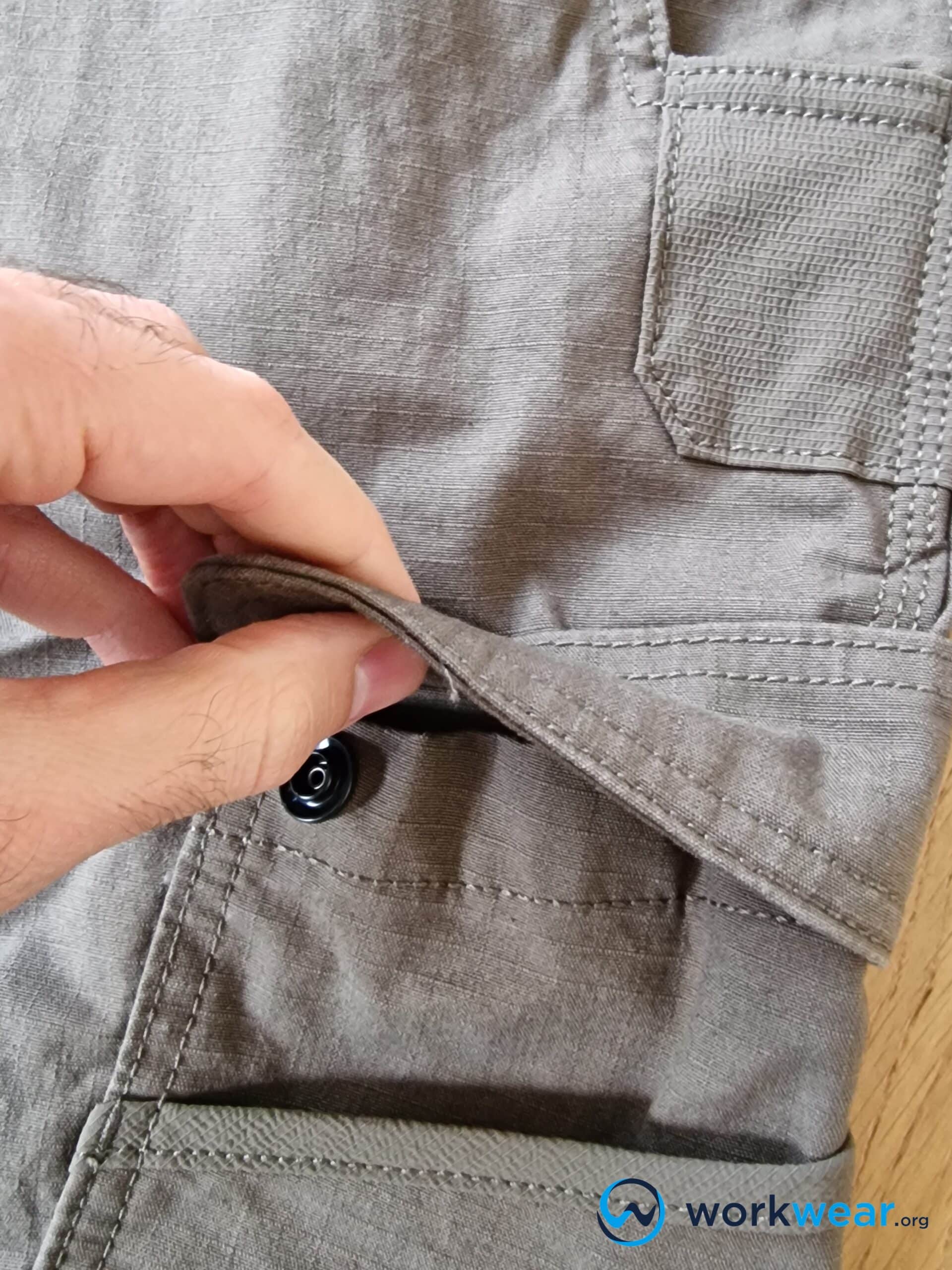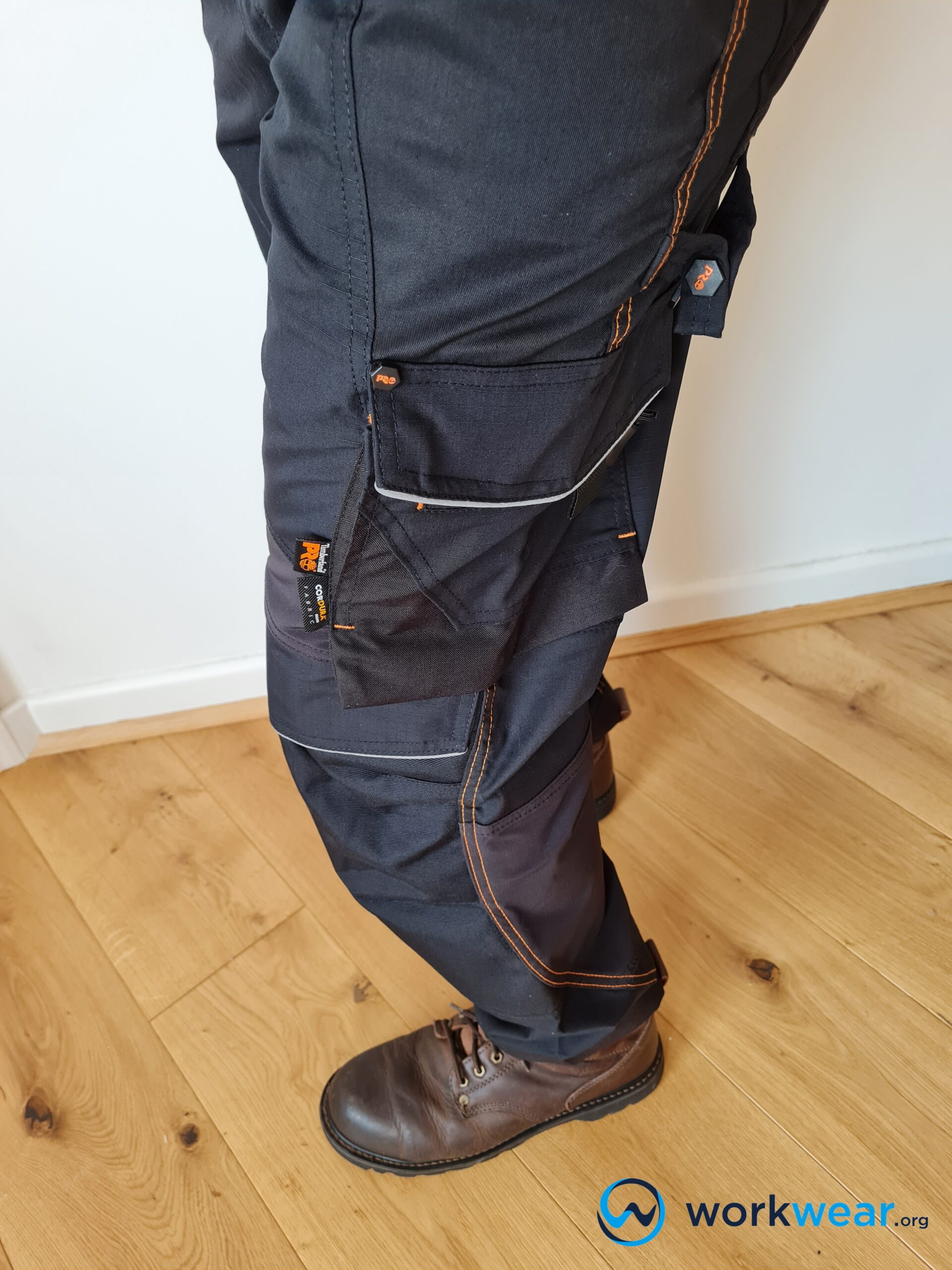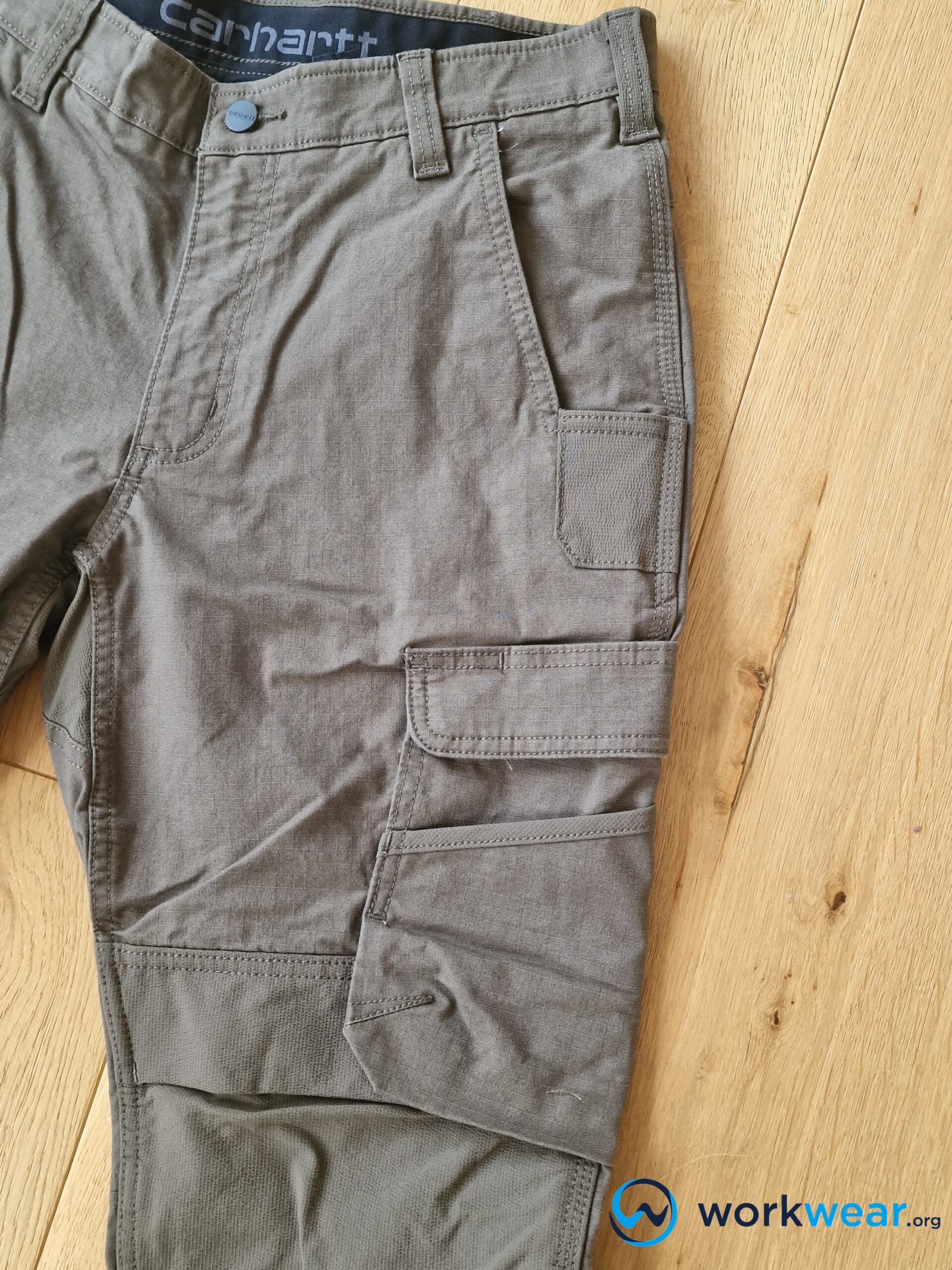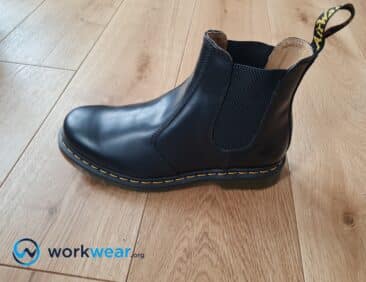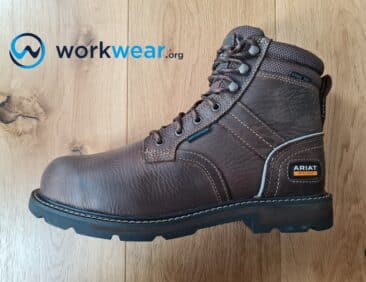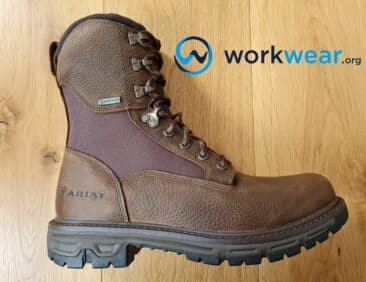Elastane Fabric explained – Properties and uses
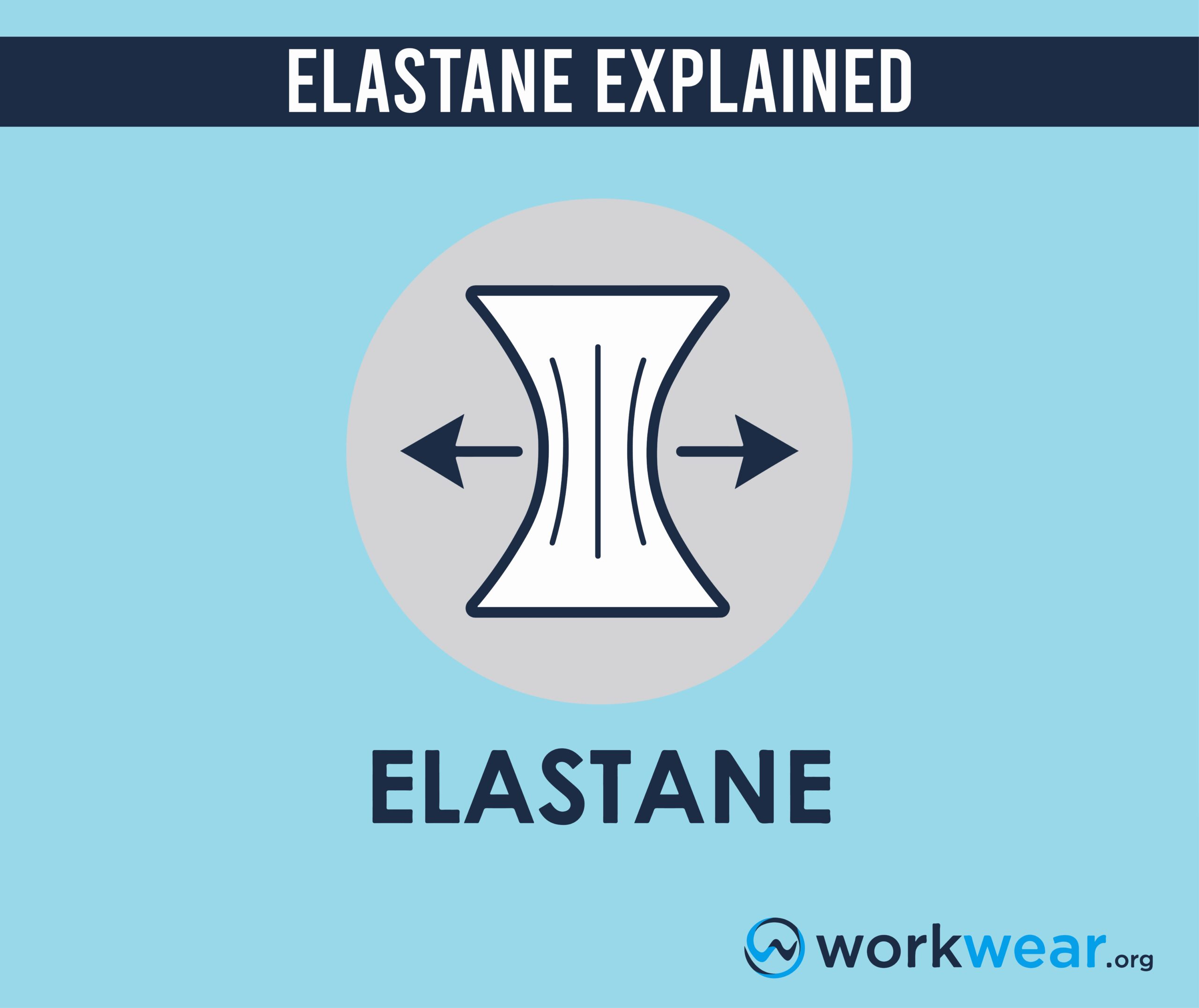
Today’s fabric market boasts a variety of materials, but elastane tops the list. You probably have at least one item made from this material, so getting more acquainted with it is beneficial.
So, what is elastane? As the name suggests, it is a highly elastic synthetic fiber, also commonly known as “lycra” or “spandex.” Elastane is made from a polyether-polyurea fiber copolymer. Manufacturers use this material with other fabrics, including wool, to attain the perfect combination of elasticity and durability.
Let us explore a bit more about elastane!
What is Elastane Fabric?
Elastane is an umbrella term that covers branded textiles, including Lycra. “Spandex” is a commonly known name for elastane, with elasticity being its primary distinguishing feature. However, Lycra, spandex, and elastane are no different: they are the regional variations of the term “elastane,” commonly used in continental Europe.
Elastane is made of a long-chain polymer commonly known as polyurethane. It is technically known as a polyether-polyurea copolymer because of its composition. The fabric does not use organic materials but is wholly synthetic and manufactured since it does not exist naturally.
History of Elastane
Elastane’s true history began in 1937 in Germany, which led to its invention in the late 1950s. Otto Bayer and his associates initially made one of its primary components, polyurethane, in the IG Farben plant at Leverkusen.
The material became an immediate success and was used to make multiple plastics. Its prime function was to act as a replacement for rubber. However, since rubber is a specialized material available only from certain tree types, it is subject to unprecedented price fluctuations, making it hard to procure.
Its application expanded, and it began being used for plane coatings. They also developed it into various forms of specialty plastics known as elastomers. Although IG Farben did not initially intend to use his invention in apparel, the DuPont Corporation inherited this German company after World War II. Extensive pioneering research at DuPont unveiled the material’s extraordinary properties and that it could be effectively employed to develop highly elastic fabrics.
The company noted the material’s ability to withstand high temperatures. In addition, its exceptional flexibility made it a perfect addition to multiple polyesters under development by the company. As a result, DuPont named their pioneering substance “Lycra” and began its long-lasting use in industrial applications and apparel.
Although elastane is developed from multiple completely synthetic substances, it is not known to affect the environment adversely. However, the various toxic components used in its production require adequate disposal, as they are not environment-friendly. Consequently, garments made from elastane are non-biodegradable.
Properties of Elastane Fabric
| Other Names |
Lycra, Spandex |
|---|---|
| Composition |
|
| Breathability |
|
| Moisture-wicking Ability |
|
| Heat-retention Ability |
|
| Bubbling/Piling Ability |
|
| Recommended Washing Temperature |
|
| Stretchability |
|
| Country of Production |
|
| Country of Maximum Production and Export |
|
| Use |
|
Types of Elastane
Technically, elastane does not have any types. However, the same material takes on different names in different circumstances. For instance, the names for this fabric include:
Elastane
Elastane is the generic term used for polyether-polyurea copolymer fabrics. For example, DuPont’s material Lycra can also be called elastane, and so can spandex.
Spandex
Spandex is synonymous with elastane and is an anagram of “expands.” The term “spandex” was also the working title given to DuPont’s elastane product during its development phase. However, it stuck around even after the company branded its material as “Lycra” and introduced it into the consumer market.
Lycra
Lycra was the brand name adopted by DuPont when it began marketing to textile manufacturers.
How is Elastane Made?
Elastane manufacturing is an elaborate process that comprises three phases and six steps. Additionally, there are four different ways to make this material:
- Melt Extrusion
- Reaction Spinning
- Solution Wet Spinning
- Solution Dry Spinning
Three of these processes are now extinct because of their wastefulness. Today, solution dry spinning is the primary means of production. It is considerably less wasteful and is used to produce about 95% of the global elastane supply.
The three phases that dictate the production of this fabric include the following:
- Polymer Reaction
- Fabrication of the Fibre
- Final Processing
The production process starts with developing a polymer that acts as the base of elastane fabric formation. To do so, manufacturers mix a diisocyanate monomer with macro-glycol in a particular vessel.
These two chemicals interact in favorable conditions to form another prepolymer. Therefore, maintaining the desired ratio between these two substances is essential, making it a critical step.
After the dry spinning processes, the prepolymer reacts with a diamine acid through a chain extension reaction. The resultant solution gets diluted with a solvent for handling ease and placed in a fiber production cell. This cell covers the elastane material by producing fibers. Next, the mixture travels through a spinneret, a specialized device resembling a showerhead with various tiny holes.
The conversion of the solution to fibers is completed. These fibers are then heated with solvent gas and nitrogen to facilitate a chemical reaction that changes liquid polymers to solid fiber strands. Finally, the strands are systematically collected upon their exit from the cylindrical spending cell and compressed accordingly.
The compressed strands are then twisted to various thicknesses according to their use in apparel and other applications. A finishing agent, magnesium stearate or any other polymer, is also used to treat the elastic material. This treatment prevents the fibers from sticking to one another.
Lastly, the manufacturers transfer the treated fibers to a spool, woven or dyed, as per requirement.
Uses of Elastane Fabric
Elastane fiber has had multiple applications since its inception. It is not developed into plastics like nylon but is in consumer apparel. However, polyurethane – the primary substance in the development of elastane – is used in multiple scientific, consumer, and industrial plastics.
Simply speaking, elastane is used wherever consumer apparel requires stretchiness. Its use is common in all form-fitting underwear for men and women. Elastane undergarments can easily expand to fit the user’s body type upon wearing.
Although virtually all kinds of undergarments in the market use elastane, its percentage composition is minute. Manufacturers only use enough material to attain their desired level of elasticity, generally required in the waistband of underwear. Elastane is popular in most types of clothing and sportswear.
Comparing Elastane to Cotton, Nylon, and Polyester
| Properties |
Elastane |
Cotton |
Nylon |
Polyester |
|---|---|---|---|---|
| Absorbency |
|
|
|
|
| Moisture-Wicking Ability |
|
|
|
|
| Skin-Friendliness |
|
|
|
|
| Environmental Friendliness |
|
|
|
|
| Hand Welt |
|
|
|
Where is Elastane Fabric Produced?
The DuPont Corporation holds the registered trademark rights to Lycra, which means it is the only company worldwide that can legally produce this type of elastane. However, several other companies develop this material globally without trademark restrictions.
Although the United States still has some elastane production, much of the global supply has shifted overseas. China, particularly, boasts the largest market share of this substance.
Available Elastane Fabric Certifications
Independent agencies that succeed in implementing elastane production through completely recycled components can become eligible for the Global Recycled Standard (GRS) certification. Elastane is not eligible for organic or non-GMO certifications because it is a wholly synthetic fiber.
Conclusion
Elastane is a synthetic fabric material that is widely used in clothing and workwear by some of the biggest brands. It is typically used with cotton and polyester in order to enhance the flexibility and durability of clothing. When it comes to workwear, elastane is usually used in quality work pants, coveralls and jackets.
FAQs
- Is elastane a natural fibre?
- No, elastane is not a natural fibre. It is made synthetically and does not occur naturally anywhere on Earth.
- Is elastane absorbent?
- No, elastane is not absorbent to water and oils. It is, however, lightweight, strong, and very elastic.
- Where does elastane come from?
- Elastane is a synthetic fiber made artificially in industries, with polyurethane being its prime manufacturing material.
- Why is elastane used in jeans?
- Jeans are typically made up of 100% cotton. However, manufacturers generally mix 1 or 2% of elastane during manufacturing to give jeans a softer feel.
- How stretchy is elastane?
- Elastane is highly stretchable as its chemical composition allows it to return to its shape after stretching to about 600% of its original length.
- How is elastane made?
- There are a few methods to make elastane, but it is generally made from a polyurethane solution through a dry spin or melting spin.
